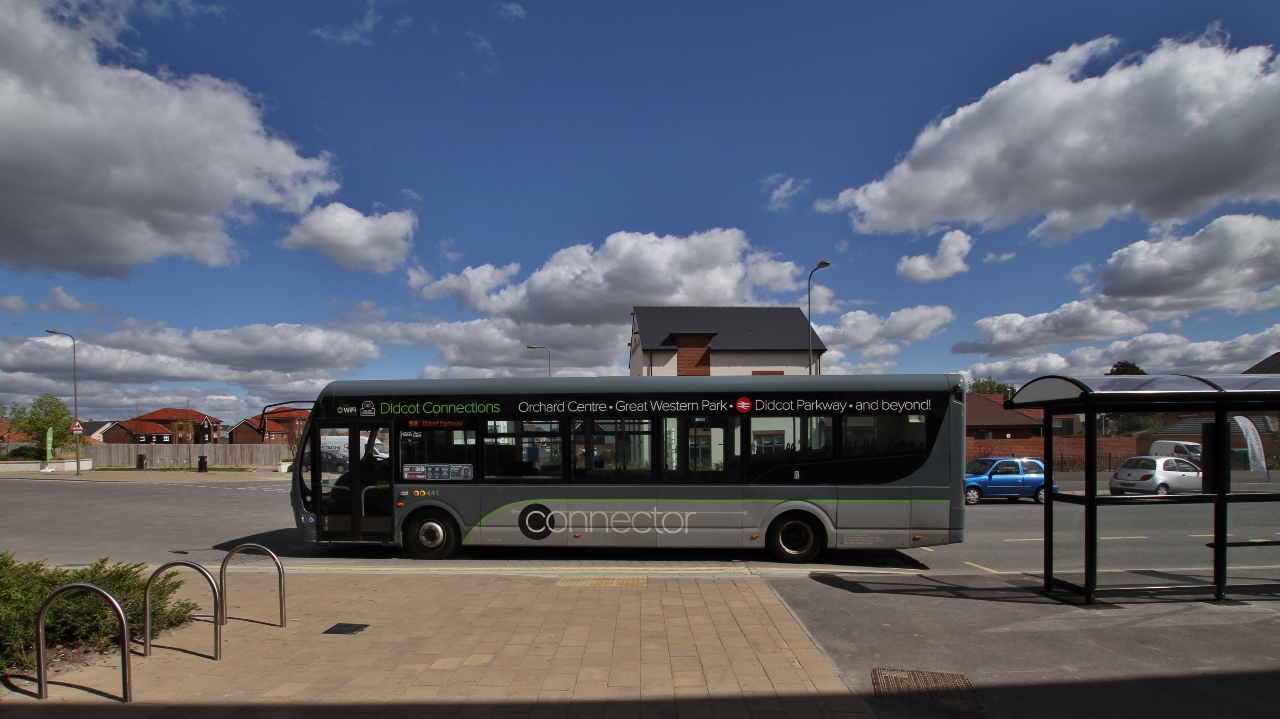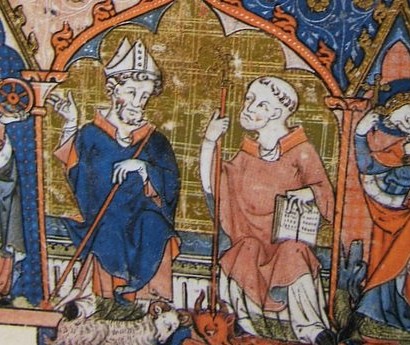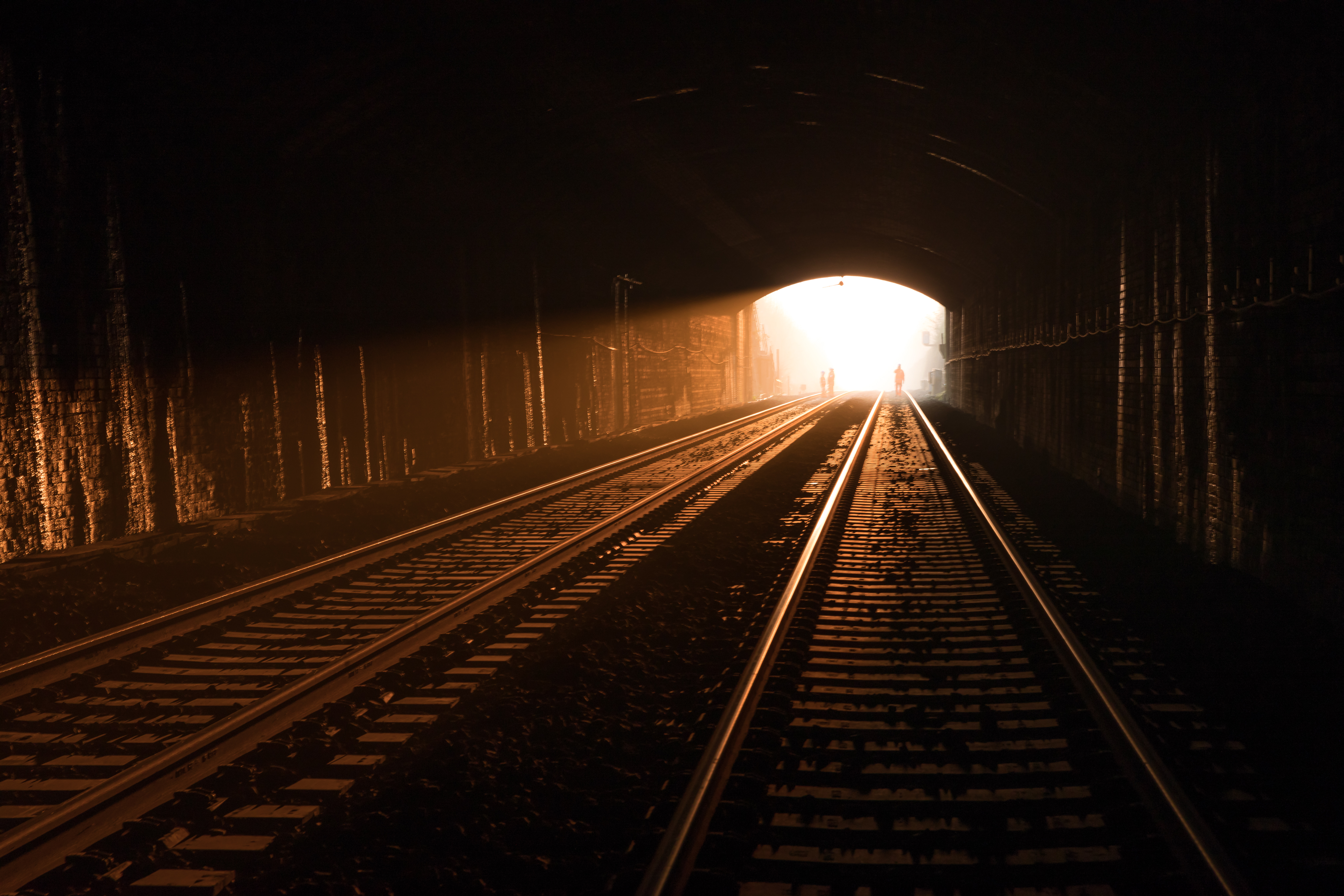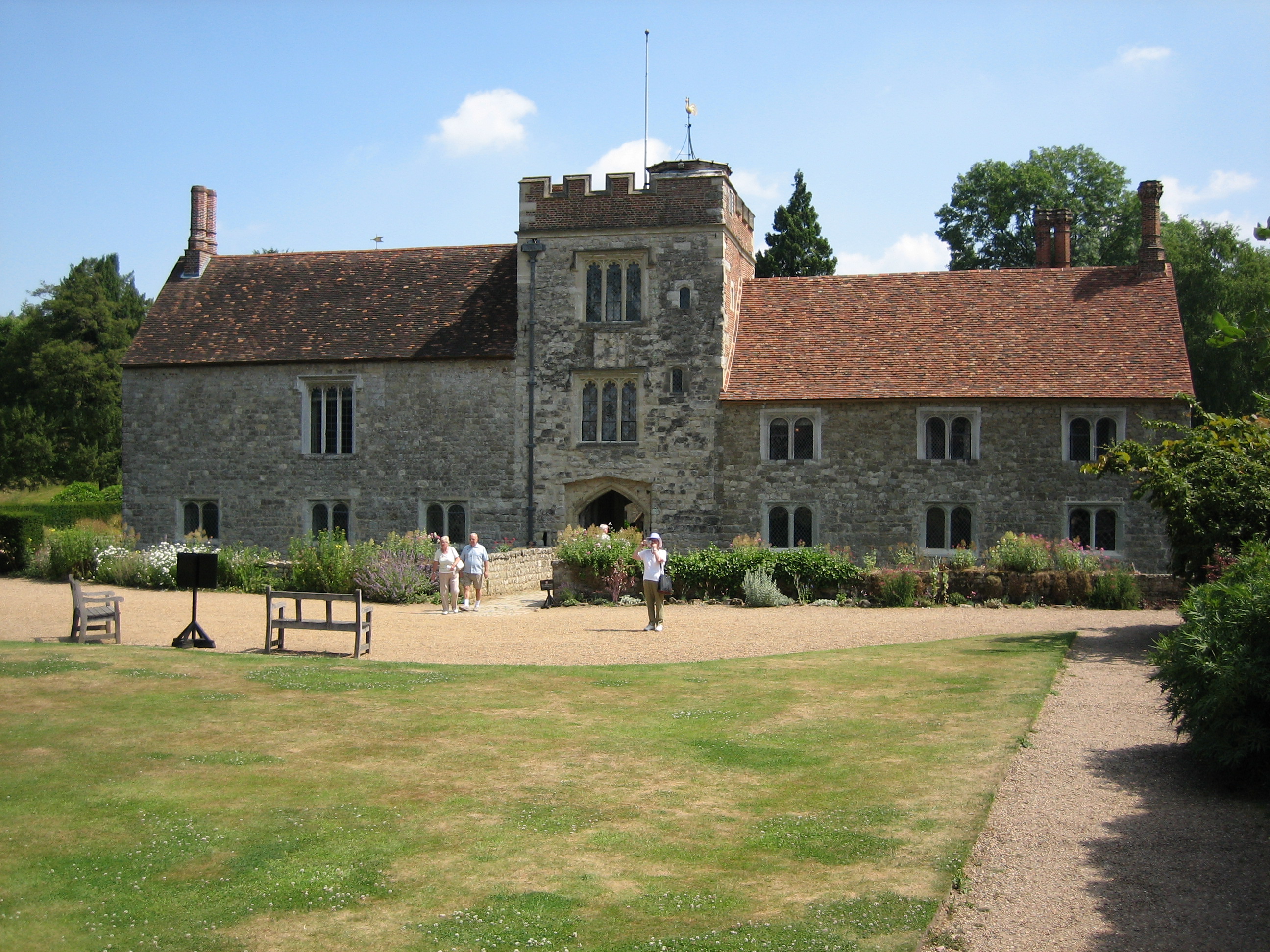|
Swindon Works
Swindon Works was opened by the Great Western Railway in 1843 in Swindon, Wiltshire, England. It served as the principal west England maintenance centre until closed in 1986. History In 1835, Parliament approved the construction of the Great Western Main Line between Paddington railway station, London and Bristol Temple Meads railway station, Bristol by the Great Western Railway (GWR). Its Chief Engineer was Isambard Kingdom Brunel. From 1836, Brunel had been buying locomotives from various makers for the new railway. Brunel's general specifications gave the locomotive makers a free hand in design, although subject to certain constraints such as piston speed and axle load, resulting in a diverse range of locomotives of mixed quality. In 1837, Brunel recruited Daniel Gooch and gave him the job of rectifying the heavy repair burden of the GWR's mixed bag of purchased locomotives. It became clear that the GWR needed a central repair works, so in 1840 Gooch identified a site at S ... [...More Info...] [...Related Items...] OR: [Wikipedia] [Google] [Baidu] |
GWR 6000 Class
The Great Western Railway (GWR) 6000 Class or King Class is a class of 4-6-0 steam locomotives designed for Inter-city rail, express passenger work and introduced in 1927. They were the largest locomotives built by the GWR, apart from the unique Pacific (GWR 111 The Great Bear, ''The Great Bear''). The class was named after kings of the United Kingdom and of England, beginning with the then reigning monarch, George V of the United Kingdom, King George V, and going back through history. They handled the principal GWR expresses on the Great Western Main Line, main line from London to the West of England and on the Chiltern Main Line, Chiltern line to Birmingham and Wolverhampton, until 1962 when the class was withdrawn. Background and development By 1918, it was apparent to the GWR chief mechanical engineer George Jackson Churchward that his GWR 4000 Class, Star Class 4-6-0 locomotives would soon be incapable of handling the heaviest West of England expresses without assistance. ... [...More Info...] [...Related Items...] OR: [Wikipedia] [Google] [Baidu] |
Didcot
Didcot ( ) is a railway town and Civil parishes in England, civil parish in South Oxfordshire, England, located south of Oxford, east of Wantage and north west of Reading, Berkshire, Reading. Historically part of Berkshire, the town is noted for its railway heritage, Didcot Parkway railway station, Didcot station opening as a junction station on the Great Western Main Line in 1844. Today the town is known for the Didcot Railway Centre, railway museum and as the gateway town to the Science Vale: three large science and technology centres in the surrounding villages of Milton (Milton Park), Culham (Culham Science Centre) and Harwell (Harwell Science and Innovation Campus which includes the Rutherford Appleton Laboratory). History Ancient and Medieval eras The area around present-day Didcot has been inhabited for at least 9,000 years. A large archaeological dig between 2010 and 2013 produced finds from the Mesolithic, Neolithic, British Iron Age, Iron Age and British Bronze A ... [...More Info...] [...Related Items...] OR: [Wikipedia] [Google] [Baidu] |
Saltney
Saltney is a town straddling the counties of Flintshire and Cheshire on the England–Wales border. The local government Community (Wales), community of Saltney lies entirely in Wales, while the English areas are Unparished area, unparished. The town forms part of Chester's built-up area and is around 5 miles from Deeside. Saltney is located next to the River Dee, Wales, River Dee. In the 2001 United Kingdom census, 2001 census the population of the town was 4,769, rising to 5,132 at the time of the 2011 United Kingdom census, 2011 census. Location Higher Saltney, known locally as "Top Saltney" is in Chester, Cheshire. The Welsh sector of the community is known as Saltney, and is known as "Saltney" in Welsh as well. The England–Wales border runs down the middle of Boundary Lane, the only urban street in England and Wales where this happens.''The One Show'', BBC TV, 6 August 2009 Houses on the west side of the street are in the Flintshire County Council area and in the North Wa ... [...More Info...] [...Related Items...] OR: [Wikipedia] [Google] [Baidu] |
Worcester, England
Worcester ( ) is a cathedral city in Worcestershire, England, of which it is the county town. It is south-west of Birmingham, north of Gloucester and north-east of Hereford. The population was 103,872 in the 2021 census. The River Severn flanks the western side of the city centre, overlooked by Worcester Cathedral. Worcester is the home of Royal Worcester, Royal Worcester Porcelain, Lea & Perrins (makers of traditional Worcestershire sauce), the University of Worcester, and ''Berrow's Worcester Journal'', claimed as the world's oldest newspaper. The composer Edward Elgar (1857–1934) grew up in the city. The Battle of Worcester in 1651 was the final battle of the English Civil War, during which Oliver Cromwell's New Model Army defeated Charles II of England, King Charles II's Cavalier, Royalists. History Early history The trade route past Worcester, later part of the Roman roads in Britain, Roman Ryknild Street, dates from Neolithic times. It commanded a ford crossing o ... [...More Info...] [...Related Items...] OR: [Wikipedia] [Google] [Baidu] |
Wolverhampton Railway Works
Wolverhampton railway works was in the city of Wolverhampton in the county of Staffordshire, England. It was almost due north of the city centre, and is commemorated with a small display of level crossing gates and a plaque. Known as the Stafford Road Works, it was opened by the Shrewsbury and Birmingham Railway in 1849 to maintain bought-in locomotives. Overview Wolverhampton works, located at Gorsebrook, north of Wolverhampton centre, became the workshop of the Northern Division of the Great Western Railway in 1854 under Joseph Armstrong who had been in charge of maintenance for the Shrewsbury and Chester Railway at Saltney. The first line arrived at Wolverhampton and the running shed was rebuilt. Locomotive repairs were concentrated in Wolverhampton, while carriage and wagon work was transferred to Saltney. Locomotives Wolverhampton was expanded in 1858 and began building new standard gauge locomotives in 1859 whilst Joseph Armstrong was in charge. Daniel Gooch, the G ... [...More Info...] [...Related Items...] OR: [Wikipedia] [Google] [Baidu] |
Box Tunnel
Box Tunnel passes through Box Hill on the Great Western Main Line (GWML) between Bath and Chippenham. The tunnel was the world's longest railway tunnel when it was completed in 1841. Built between December 1838 and June 1841 for the Great Western Railway (GWR) under the direction of Isambard Kingdom Brunel, the straight tunnel descends on a 1 in 100 gradient from its eastern end. At the time the tunnel's construction was considered dangerous due to its length and the composition of the underlying strata. The west portal is Grade II* listed and the east portal is Grade II listed. Ammunition was stored near the tunnel during World War II, reusing mine workings. During the 2010s, the tunnel was modified and the track lowered to prepare it for electrification, although in 2016, this plan has been suspended for the time being. History Background During the 1830s, Isambard Kingdom Brunel developed a plan for a railway running east–west between London and Bristol. The Great Weste ... [...More Info...] [...Related Items...] OR: [Wikipedia] [Google] [Baidu] |
Watercolour Of New Swindon In 1849, By Edward Snell
Watercolor (American English) or watercolour (Commonwealth English; see spelling differences), also ''aquarelle'' (; from Italian diminutive of Latin 'water'), is a painting method"Watercolor may be as old as art itself, going back to the Stone Age when early ancestors combined earth and charcoal with water to create the first wet-on-dry picture on a cave wall." in which the paints are made of pigments suspended in a water-based solution. ''Watercolor'' refers to both the medium and the resulting artwork. Aquarelles painted with water-soluble colored ink instead of modern water colors are called (Latin for "aquarelle made with ink") by experts. However, this term has now tended to pass out of use. The conventional and most common support—material to which the paint is applied—for watercolor paintings is watercolor paper. Other supports or substrates include stone, ivory, silk, reed, papyrus, bark papers, plastics, vellum, leather, fabric, wood, and watercolor canvas ... [...More Info...] [...Related Items...] OR: [Wikipedia] [Google] [Baidu] |
Lord Of The Manor
Lord of the manor is a title that, in Anglo-Saxon England and Norman England, referred to the landholder of a historical rural estate. The titles date to the English Feudalism, feudal (specifically English feudal barony, baronial) system. The lord enjoyed Manorialism, manorial rights (the rights to establish and occupy a residence, known as the manor house and demesne) as well as seignory, the right to grant or draw benefit from the estate (for example, as a landlord). The title is not a peerage or title of upper nobility (although the holder could also be a peer) but was a relationship to land and how it could be used and those living on the land (tenants) may be deployed, and the broad estate and its inhabitants administered. The title continues in modern England and Wales as a legally recognised form of property that can be held independently of its historical rights. It may belong entirely to one person or be a moiety title, moiety shared with other people. The title is know ... [...More Info...] [...Related Items...] OR: [Wikipedia] [Google] [Baidu] |
Goddard Family
The Goddard family were a prominent landed gentry, landed family chiefly living in the northern regions of the English counties of Wiltshire and Hampshire and the western part of Berkshire, between the Tudor period and the early 20th century. The Goddards were established at manors in Upper Upham, near Aldbourne, and at Clyffe Pypard (both in Wiltshire) from at least the late 15th century. From 1563 until 1927, the family were Lord of the Manor, lords of the manor of Swindon, living on the Goddard Estate at the house known as The Lawn. Other important manors included Ogbourne St George in Wiltshire, Standen at Hungerford in Berkshire and Stargroves at East Woodhay in Hampshire. Wiltshire Goddards Upper Upham The manor of Upper Upham, in Aldbourne parish south-east of Swindon, was held by Lacock Abbey (monastery), Lacock Abbey from the 13th century until the Dissolution of the monasteries, dissolution, then in 1540 was purchased by John Goddard (died 1557). His grandson Ric ... [...More Info...] [...Related Items...] OR: [Wikipedia] [Google] [Baidu] |
Bristol
Bristol () is a City status in the United Kingdom, cathedral city, unitary authority area and ceremonial county in South West England, the most populous city in the region. Built around the River Avon, Bristol, River Avon, it is bordered by the ceremonial counties of Gloucestershire to the north and Somerset to the south. The county is in the West of England combined authority area, which includes the Greater Bristol area (List of urban areas in the United Kingdom, eleventh most populous urban area in the United Kingdom) and nearby places such as Bath, Somerset, Bath. Bristol is the second largest city in Southern England, after the capital London. Iron Age hillforts and Roman villas were built near the confluence of the rivers River Frome, Bristol, Frome and Avon. Bristol received a royal charter in 1155 and was historic counties of England, historically divided between Gloucestershire and Somerset until 1373 when it became a county corporate. From the 13th to the 18th centur ... [...More Info...] [...Related Items...] OR: [Wikipedia] [Google] [Baidu] |
Somerset Coalfield
The Somerset Coalfield in northern Somerset, England is an area where coal was mined from the 15th century until 1973. It is part of a larger coalfield which stretched into southern Gloucestershire. The Somerset coalfield stretched from Cromhall in the north to the Mendip Hills in the south, and from Bath in the east to Nailsea in the west, a total area of about . Most of the pits on the coalfield were concentrated in the Cam Brook, Wellow Brook and Nettlebridge Valleys and around Radstock and Farrington Gurney. The pits were grouped geographically, with clusters of pits close together working the same coal seams often under the same ownership. Many pits shared the trackways and tramways which connected them to the Somerset Coal Canal or railways for distribution. The early pits were adits where coal outcropped or bell pits where coal was close to the surface. These methods were abandoned when deep seams were mined. The deepest shaft on the coalfield was at the Strap ... [...More Info...] [...Related Items...] OR: [Wikipedia] [Google] [Baidu] |









